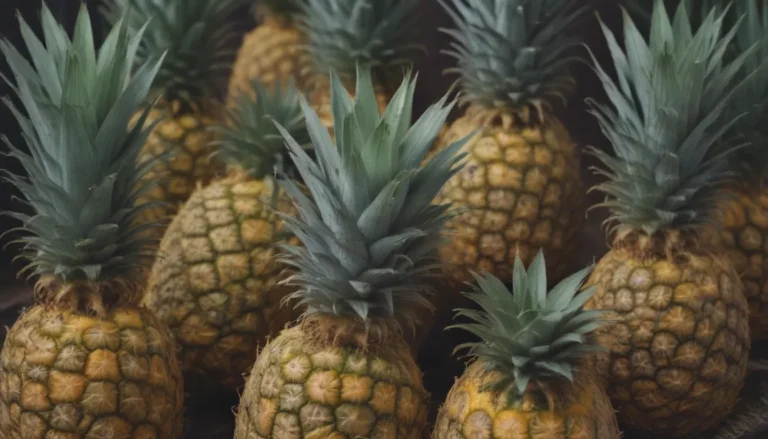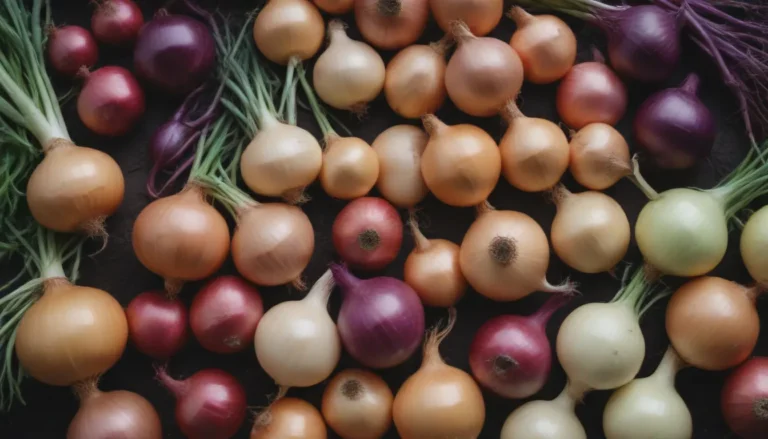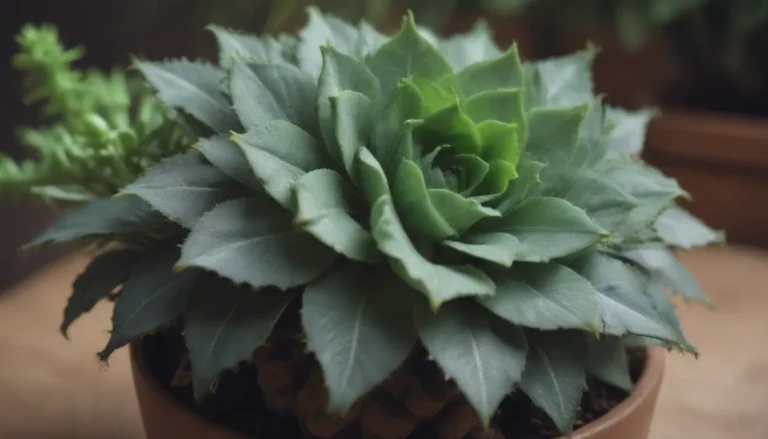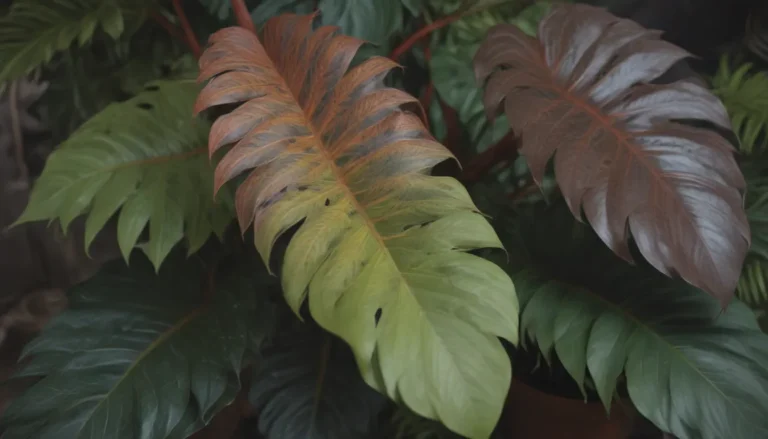The Ultimate Guide to Poinsettia Care: Tips, Tricks, and More
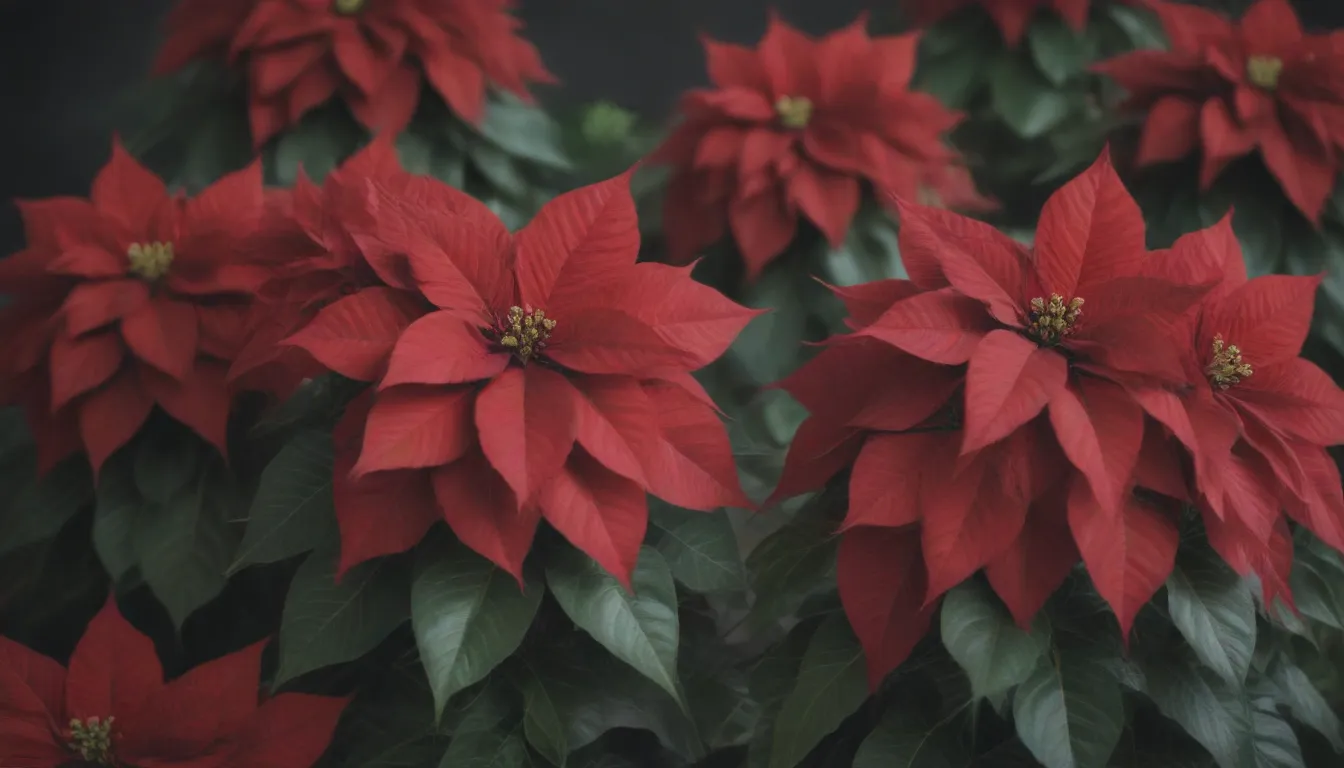
Poinsettias are a beloved staple during the holiday season, adding a pop of vibrant color to our homes. But did you know that with the right care, you can keep your poinsettia thriving well past January and even have it rebloom for the next holiday season? In this comprehensive guide, we will cover everything you need to know about caring for your poinsettia, from light and watering requirements to propagation and common pest issues. So grab a cup of cocoa, get cozy, and let’s dive into the wonderful world of poinsettias!
Getting to Know Poinsettias
First things first, let’s talk about what makes poinsettias so special. Poinsettias are perennial shrubs native to Mexico, although they are most commonly grown as annuals for holiday displays. These plants are known for their striking red floral bracts, which are actually modified leaves surrounding tiny yellow flowers. While the classic red poinsettia is iconic, there are now a variety of colors available, including white, cream, pink, and even yellow.
Key Tips:
- Poinsettias require filtered sunlight, warmth, and proper watering to thrive.
- Choose well-draining soil and avoid overwatering to prevent root rot.
- Maintain a temperature of 65°F to 75°F during the day and increase humidity during dry seasons.
Poinsettia Care Tips
Taking care of your poinsettia is essential for keeping it healthy and vibrant. To ensure your poinsettia looks its best, follow these care tips:
Light
- Place your poinsettia in bright, diffused sunlight for at least six to eight hours a day.
- Avoid direct sunlight, as it can burn the bracts and leaves.
Soil
- Use a well-draining peat-based potting soil for potted poinsettias.
- In warmer climates, plant poinsettias in well-drained, acidic to neutral soil in the garden.
Water
- Water your poinsettia when the soil surface feels dry to the touch.
- Ensure thorough watering until water runs out of the drainage holes, but prevent waterlogging.
Temperature and Humidity
- Maintain a temperature of 65°F to 75°F during the day for optimal growth.
- Increase humidity levels during dry seasons with a humidifier or water dish.
Fertilizer
- Avoid fertilizing poinsettias during their blooming period.
- Begin fertilizing in the spring at half-strength and continue every three to four weeks.
Types of Poinsettias
In addition to the traditional red poinsettias, there are now a variety of hybrids available in different colors. Some popular poinsettia cultivars include:
- ‘Christmas Eve’
- ‘Plum Pudding’
- ‘Alaska White’
- ‘Jingle Bell Rock’
- ‘Candy Cinammon’
- ‘Golden Glow’
- ‘Lemon Drop’
- ‘Gold Rush’
How to Get Poinsettias to Rebloom
If you’re up for a challenge, you can try to get your poinsettia to rebloom for the next holiday season. Follow this schedule for the best results:
December to Early Spring
- Keep your holiday poinsettia moist but not soaked.
May
- Start preparing your poinsettia for reblooming by following specific care routines.
Summer
- Move your poinsettia outdoors to a partially shaded location and continue watering and fertilizing.
October
- Provide your poinsettia with 12 to 14 hours of darkness per day to induce bud set.
November and December
- Stop the darkness treatment and allow the plant to receive light to initiate blooming.
Pruning and Propagating Poinsettias
Pruning poinsettias is essential for maintaining their shape and promoting bushier growth. Additionally, propagating poinsettias through stem cuttings is a reliable method for creating new plants. Here’s how to do it:
- Take stem cuttings in early summer when new growth is starting.
- Root the cuttings in a well-draining soil mixture.
- Maintain humidity and warmth until roots develop.
Common Pests & Plant Diseases
Poinsettias are susceptible to various pests and diseases, including fungus gnats, whiteflies, thrips, mealybugs, and powdery mildew. If you notice any signs of infestation or illness, take immediate action to treat the plant.
Common Problems With Poinsettias
During your poinsettia’s growth and reblooming process, watch out for common issues such as leaf and root rot. Here are some signs to look out for:
- Leaves turning yellow: Indicates plant stress; check for scab and treat with fungicide.
- Stems and leaves turning brown: A sign of canker or root rot; remove affected portions and apply fungicide.
- Plant leaves falling off: Indicates severe canker or root rot; adjust watering, lighting, and fertilization.
With proper care and attention to detail, your poinsettia can thrive and possibly rebloom for years to come. Whether you’re a seasoned indoor gardener or a novice plant enthusiast, growing a poinsettia can be a rewarding experience that adds beauty to your home.
Remember, each poinsettia has its unique charm and care requirements, so take the time to understand your plant’s needs and provide the best environment for it to flourish. By following these tips and guidelines, you can enjoy the beauty of poinsettias year-round and enhance your gardening skills in the process.
So go ahead, embrace the challenge of growing and caring for a poinsettia, and watch as this festive plant brings joy and color to your home. Happy gardening! 🌿🌺


